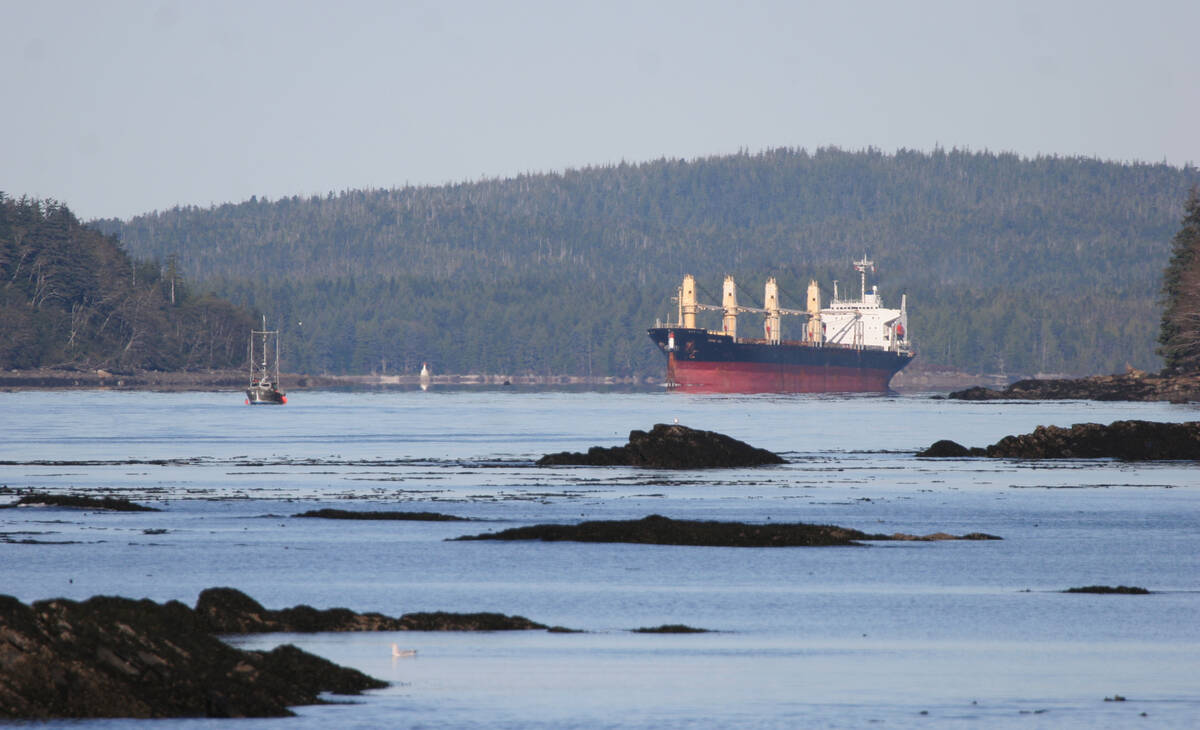Ultra-early seeding, dormant seeding and fall-seeded winter crops share a common purpose: maximize use of spring sunshine and soil moisture. If Mother Nature co-operates, all three systems reduce risk.
- Prairie farmers are no strangers to fall-seeded cold-tolerant crops like winter wheat and fall rye. They germinate and grow for a while in the fall, then go dormant until spring.
- Ultra-early seeding pushes seeding into the twilight zone of what was previously called plain old early seeding. It does not depend on cold tolerance.
- Dormant seeding has the same goal as the other two practices: Get the crop up and growing as early in the spring as possible. This is accomplished by seeding spring wheat into soil in the fall just before it freezes.
Read Also

Farm groups ask feds for export sales reporting
The Agricultural Producers Association of Saskatchewan and SaskCrops asks the federal government to create an Export Sales Reporting program.
University of Alberta researcher Graham Collier explains, “In dormant seeding you want the ground cold as possible, so seed sits there without germinating until the following spring. You don’t want the crop to get snow right away because that might insulate the soil and maintain too much heat. If you get germination in the fall, that crop will die. You have a very narrow window of opportunity.
Related stories in this issue:
“We’ll know more next year. Brian Beres, Collier’s co-supervisor from Agriculture Canada in Lethbridge along with Dr. Dean Spaner at the University of Alberta, is conducting trials that compare dormant fall seeding to ultra-early spring seeding. With one year of preliminary results, dormant seeding didn’t yield as high as ultra-early, but it yielded higher than normal spring seeding.
This work was completed with funding support from the Alberta Wheat Commission, the Western Grains Research Foundation and Alberta Innovates.
















